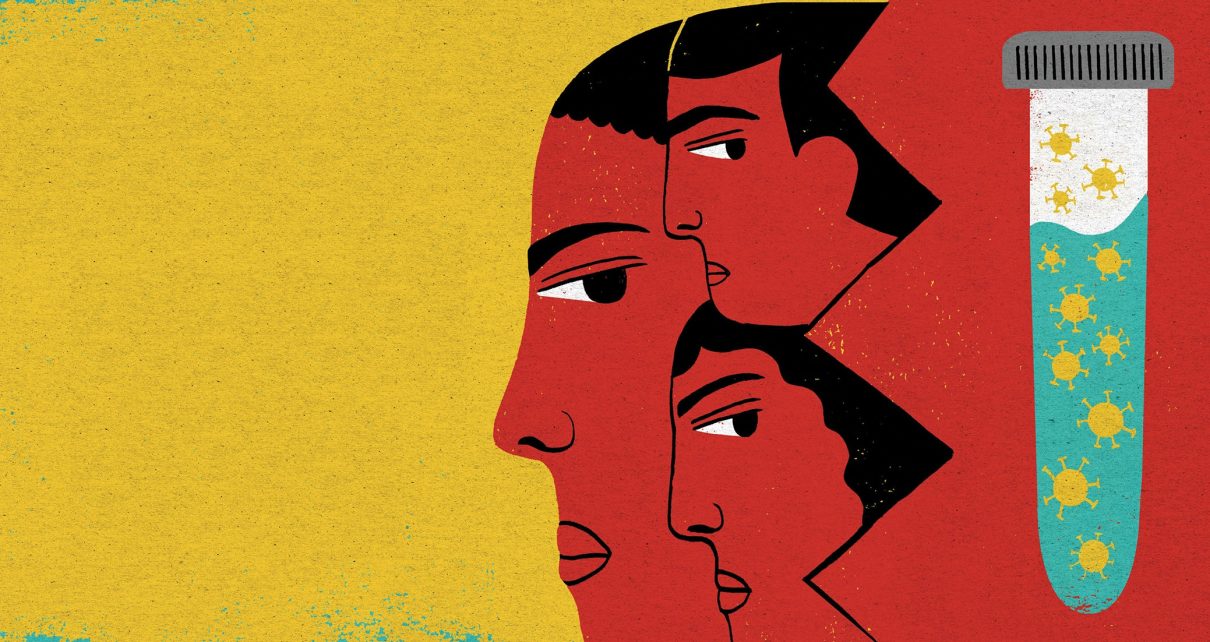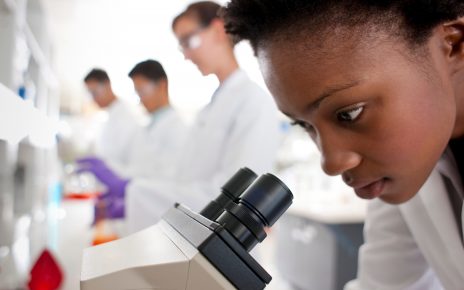In the face of nearly seven million infections and 200,000 deaths, many Americans refuse to wear masks because they don’t feel the coronavirus is real. Even some of those who believe the virus exists are not concerned about getting sick.
How did this happen? Putting political ill will aside for a moment, the conflicting messaging that persisted from February through the summer could confuse even the most diligent information seeker. Recommendations from credible organizations swung like a pendulum. It sounded something like this: Coronavirus is not a threat to America. The CDC is requiring quarantine for any international travelers. Don’t touch surfaces. You don’t need a mask. The CDC isn’t requiring quarantine for travelers. Actually you do need to wear a mask, and surfaces aren’t as risky.
It is no surprise then that the public is split on expectations for how we need to deal and recover, both collectively and individually. Yet even among those who consider COVID-19 a real concern, there is uneasiness around the most promising solution to the pandemic: a vaccine. In an AP-NORC poll in mid-May, fewer than 50 percent of Americans surveyed said they would commit to getting a coronavirus vaccine whenever it becomes available. Although self-reported behavior does not always strongly correlate with actual behavior, other polls have since revealed similar sentiments.
It is tempting for public health communicators to dismiss those who are refusers or hesitant by broadly labeling them as conspiracy theorists or misinformed skeptics who would come around if given the facts. But mistrusting the coronavirus vaccine process—from development to trials to distribution—cannot merely be dismissed as “antiscience” thinking. It is not just an outcome of this moment’s political polarization and dangerous misinformation coming from the highest levels of leadership.
Even though vaccines have virtually eliminated the risk of many preventable diseases, there has been an increase in refusal and hesitancy over the past two decades. Typically vaccine refusal is most prevalent in wealthy, white areas, but polls that seek to understand the pending coronavirus vaccine indicate high levels of hesitancy and refusal among marginalized communities, too. In fact, these groups appear to be the most skeptical, with only a quarter of Black respondents and 37 percent of Hispanic respondents in the AP-NORC poll saying they would commit to getting the vaccine whenever it is available. Considering that Black, Hispanic and Indigenous communities are at the highest risk of infection and are overrepresented in COVID-19 deaths, this result may look like a curious discrepancy. But it is not hard to understand these groups’ caution and, in some cases, their downright refusal to engage with public health recommendations when one considers the historical racism embedded in the fabric of the medical systems and the harm suffered at the hands of biased science.
Exploring the more nuanced questions of how science and society are intertwined is central to our editorial strategy for Dope Labs, a podcast we created in 2019 to expand the notions of scientific communication and the scientific community. There are more than 30 million podcast episodes, yet even with this saturation, so much of the listener landscape in the U.S. overindexes on whiteness, wealth and education. Our goal is to center those who are most often excluded from the science narrative. This means our episodes explore the physics and chemistry of Black Panther and the rest of the Marvel Cinematic Universe when there is a new film release; highlight the effects of settler colonialism on Indigenous people and ecology at Thanksgiving; and connect racial justice movements with the fight against carbon emissions when we discuss climate change.
In a recent episode with author Angela Saini, we focused on the history of scientific racism. Through this lens, distrust of vaccines and scientific interventions is not without cause. Revisit the era of involuntary sterilization, a tactic the U.S. eugenics movement used to eliminate the reproduction of those deemed “unfit.” These procedures targeted Black, Indigenous and Latina women, along with those labeled “feebleminded.” Contrary to claims by scientists who supported eugenics, the factors used to determine if a person was “unfit” were strongly correlated with their economic status, not their genetics. Consider, too, the echoes of the Tuskegee syphilis study, when hundreds of African-American men with syphilis were recruited by the U.S. Public Health Service in 1932 in exchange for free medical care. Even after a viable antibiotic treatment became available in 1947, these men were given only placebos for decades longer, just so the researchers could observe how bad the disease could get as it progressed.
It is also reasonable that people are questioning the motives of the pharmaceutical industry or wondering whether a vetted coronavirus vaccine may already exist when scientists at elite universities are making their own “citizen vaccines” and administering it to themselves and to their colleagues. Meanwhile the general public waits for an official vaccine as people working essential jobs continue to die.
Consider other conspiracy theories that have circulated about potential vaccines, such as the fear that the injection will contain surveillance microchips. It is not so far-fetched to believe rumors that scientists will take people’s most private information without permission while administering care when, in 1951, while Henrietta Lacks was receiving cancer treatment at Johns Hopkins Hospital, a tissue sample was taken without her knowledge, facilitating a significant body of research.
Medical racism is not relegated to the past. A study published in September in the Proceedings of the National Academy of Sciences USA surveyed 1.8 million births in the U.S. and found that the Black newborn mortality rate is three times higher when white doctors are delivering the child compared with Black doctors. Although the driving mechanism is unclear, the results—especially when combined with negative personal experiences in medical settings—are enough to make people doubt that doctors treat everyone with the same standard of care.
The people and institutions responsible for designing the communication around the coronavirus vaccine have to consider this broad backdrop if we want to get COVID-19 under control. Validating the ways in which the American people, and marginalized groups in particular, have sometimes been misled, mistreated and misunderstood at the hands of “science” is the first step in regaining their trust. There is no shortage of interests who seek to do harm by manipulating the public conversation and exploiting the legacy of medical racism with messages designed to invoke anger and fear. Public health officials who want to advocate for clarity need to understand these same vulnerabilities and address them head-on rather than ignoring them.
But what does this look like in practice? Anthony Fauci appears to subscribe to the “never say no” approach to communication, stepping into less familiar media formats where the audiences—whether deemed scientific or not—already exist: Lil’ Wayne’s Young Money Radio, Instagram Live with Matthew McConaughey and Khan Academy’s YouTube. There is still a need for more diverse voices and unconventional storytelling approaches. We have received feedback that Dope Labs is too casual or not really a science podcast because we refuse to use jargon. But this is by design. We don’t need more content that follows the same style; we want people to reconsider why credibility is assessed based on the presenter’s voice, background and tone.
Science communicators should also use intentional transparency, where they proactively guide the public through the steps of vaccine design and approval: explain efficacy and safety testing; reassure during routine interruptions that lead to altered schedules; and admit where the very system we rely on now has failed in the past. Instead of speaking from a place of removed authority, communication works best when it validates the audience’s fears and concerns. It focuses on the paths we are taking to avoid repeating previous mistakes—not as an afterthought or vague platitude but as a core part of the message.
Like many disasters, the pandemic is highlighting the weaknesses in our systems and gaps in our skill sets. On the path to a vaccine, we cannot afford to cling to barriers that exclude people—especially those who are the most skeptical.




